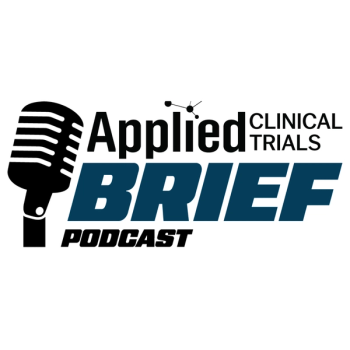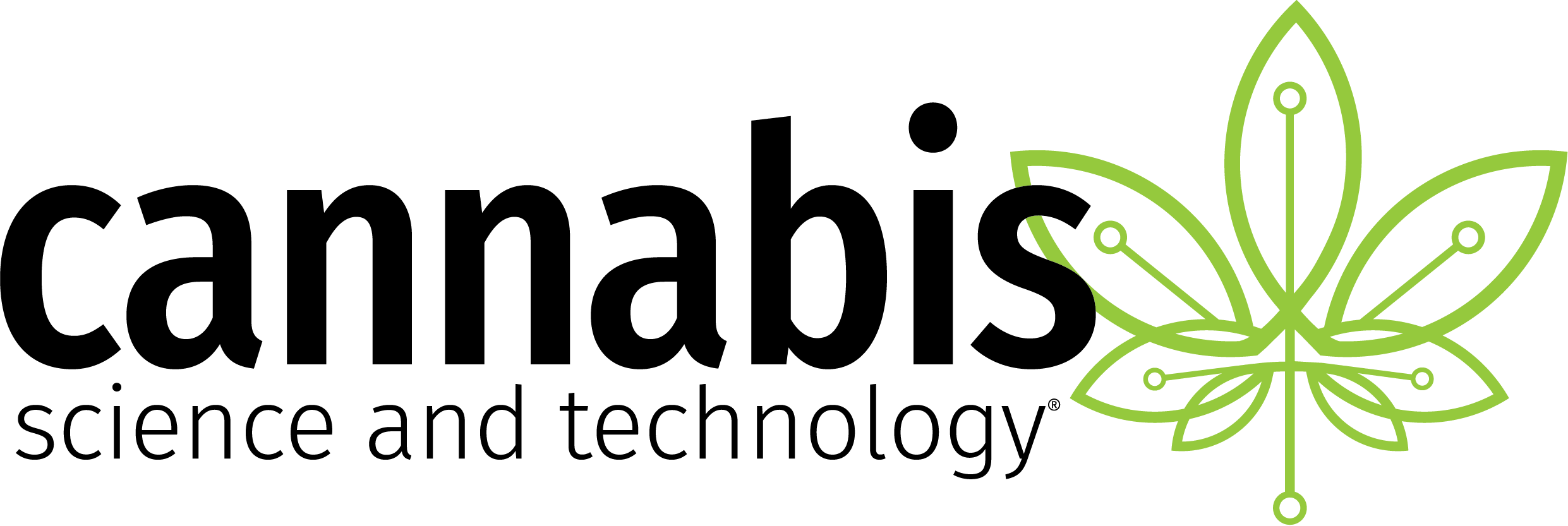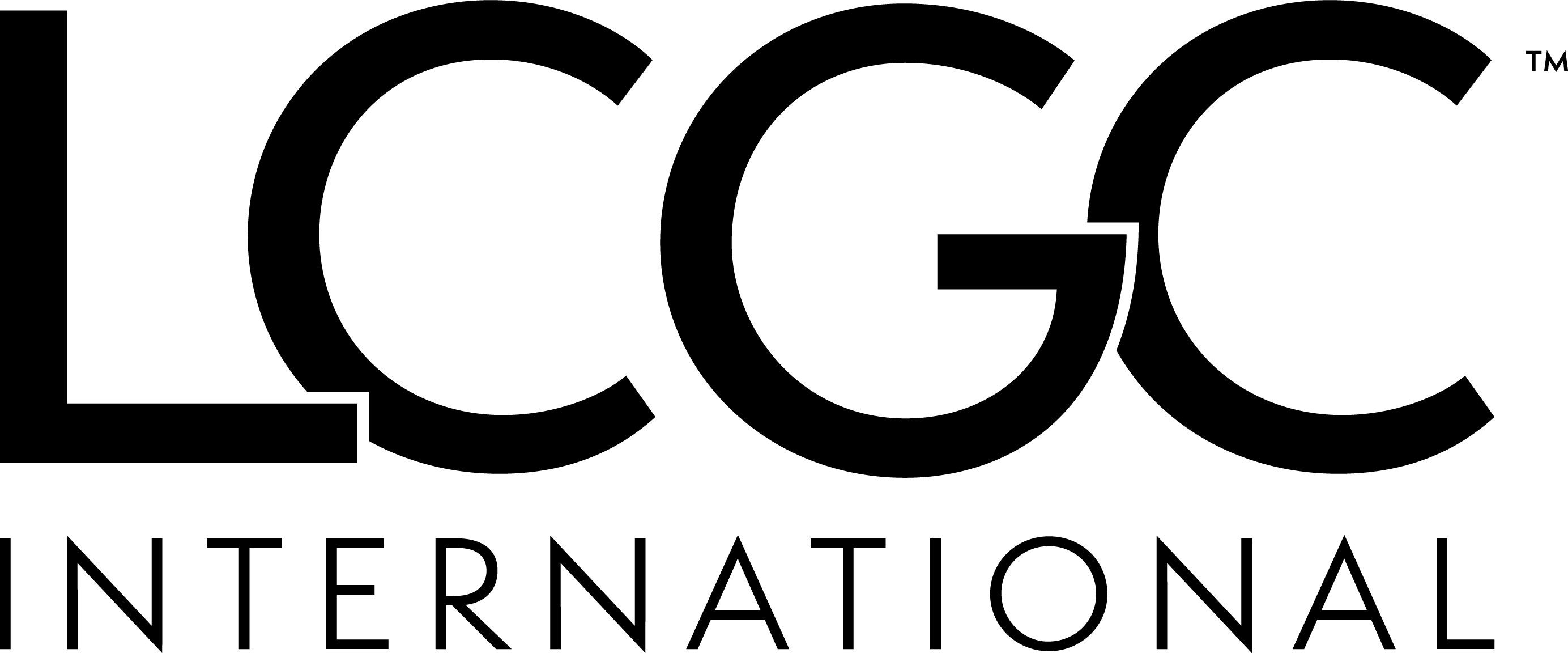
In-Licensing On the Rise in Europe
Findings show big pharma increasingly turning to other companies for molecules to stock its pipeline.
One snippet that catches the eye in the voluminous documentation accompanying the ruling on competition in the EU pharmaceutical industry includes the finding that “large pharmaceutical companies are increasingly in-licensing new products. Currently 25% of the molecules in clinical development have been acquired from other companies, including smaller firms. This is confirmed by the findings of the sector inquiry and shows the importance of smaller firms for maintaining the innovative character of the pharmaceutical sector.”
Elsewhere, “Companies report that the success rates for biopharmaceutical-based medicines are twice as high as those of chemical molecules in preclinical and clinical development.” In addition, between 2000 and 2007 the originator companies covered by the inquiry spent on average 17% of their turnover generated at global level with prescription medicines on R&D for new or improved prescription medicines, it says. More specifically, “in 2007 approximately 1.5% of global turnover was spent on preclinical research—research to identify potential new medicines, the remaining part mostly on clinical trials and tests.”
At the very least, there should no longer be any EU official who can in the future claim ignorance of the pharmaceutical industry—or of the crucial role played by clinical trials.
Newsletter
Stay current in clinical research with Applied Clinical Trials, providing expert insights, regulatory updates, and practical strategies for successful clinical trial design and execution.






.png)



.png)



.png)
.png)
